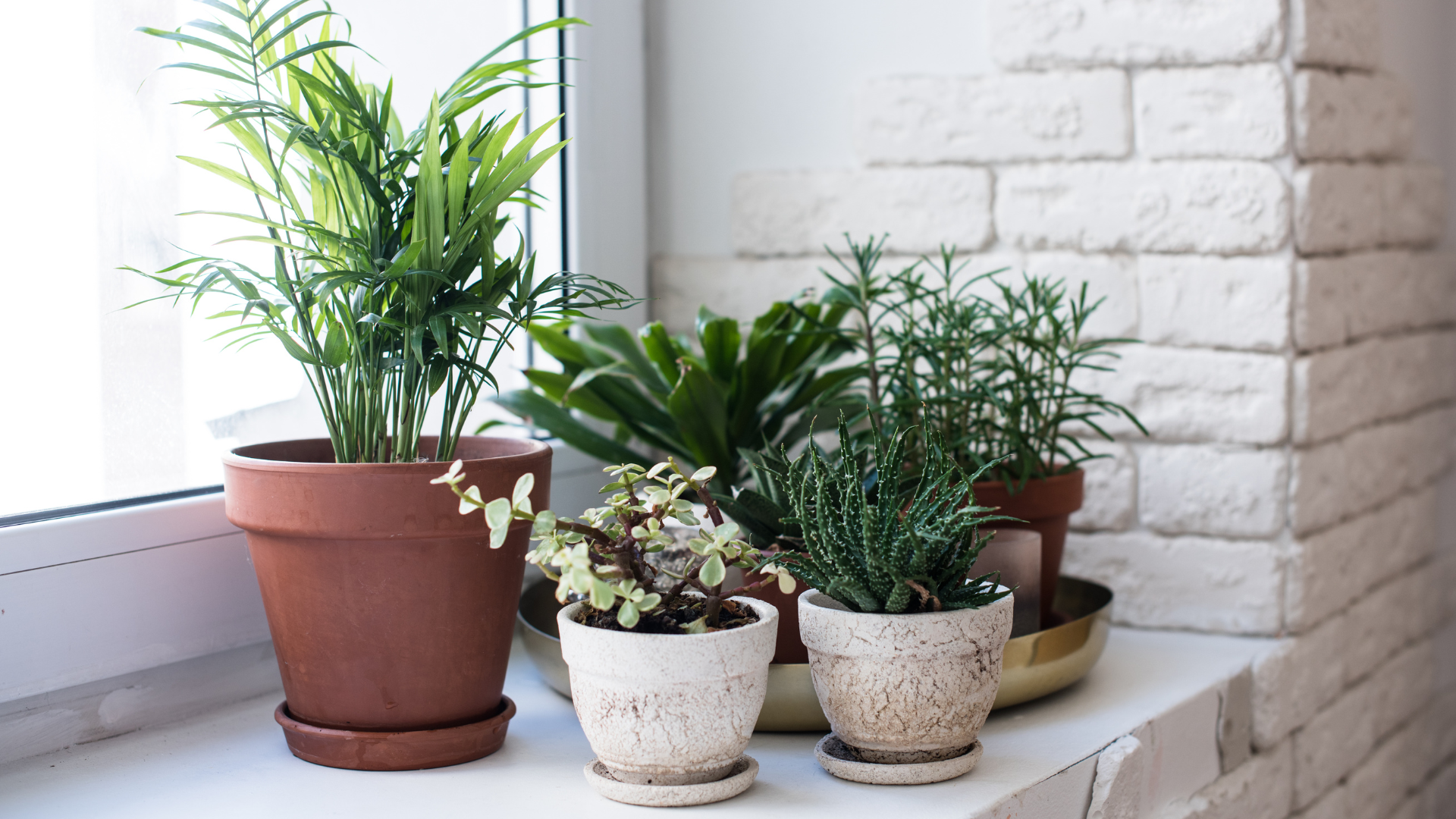Moving with Houseplants: How to Keep Them Safe and Healthy During the Transition

Moving can be a stressful time for everyone involved, including your houseplants. Whether you have small succulents or large ferns, it's important to take the necessary steps to ensure their safe transport to your new home. Here are some of our best tips for moving house plants, both small and large, to help make the transition as smooth as possible for you and your green friends.
- Plan ahead
As with any move, planning ahead is key. Start by making a list of all the plants you will be moving and assess their current health. Are they currently in need of repotting or pruning? If so, it's best to do this a few weeks before the move. This will give the plants time to recover before they are transported.
- Pack your plants properly
When it comes to packing your plants, it's important to use the right materials to keep them safe and secure. For small plants, use small boxes with holes for ventilation. For larger plants, use heavy-duty plastic pots or containers. Be sure to wrap the plants in newspaper or bubble wrap to protect them from any bumps or jostling during transport.
- Transport your plants carefully
When moving day arrives, be sure to transport your plants in your personal vehicle, rather than a moving truck. This will help ensure that they are not exposed to extreme temperatures or rough handling. If you're unable to transport them yourself, be sure to let the movers know that you have plants that need special care.
- Acclimate your plants to their new environment
Once you've arrived at your new home, it's important to give your plants some time to acclimate to their new environment. Avoid placing them in direct sunlight or drafts, and keep an eye on them for any signs of stress, such as drooping leaves or discoloration. Gradually introduce them to their new environment by moving them to different locations over the course of a week or two.
- Keep your plants hydrated
Moving can be a stressful time for plants, and they may require extra water during this transition. Be sure to keep an eye on the moisture levels in the soil and water as needed. If you're unsure when to water, stick your finger in the soil to check the moisture level. If it feels dry a couple of inches down, it's time to water.
- Provide the right amount of light
Just like with water, plants also require the right amount of light to thrive. Be sure to place your plants in an area that receives the correct amount of light for their specific needs. If you're unsure how much light your plants need, consult a gardening guide or talk to a horticulturist.
- Be patient
Finally, remember to be patient with your plants during this transition. It can take some time for them to adjust to their new environment, and they may not look their best for a while. However, with proper care and attention, they should bounce back in no time.
In conclusion, moving can be a stressful time for both you and your houseplants. However, with proper planning and care, you can ensure that your green friends make the transition to your new home as smoothly as possible. Remember to plan ahead, pack your plants properly, transport them carefully, acclimate them to their new environment, keep them hydrated, provide the right amount of light, and be patient.
If you're planning a move and need assistance with your houseplants or any other aspect of the process, don't hesitate to contact Caddy Moving. Our experienced and professional team will ensure that your plants and all of your possessions are moved safely and efficiently, taking the stress out of your move. Happy moving!
